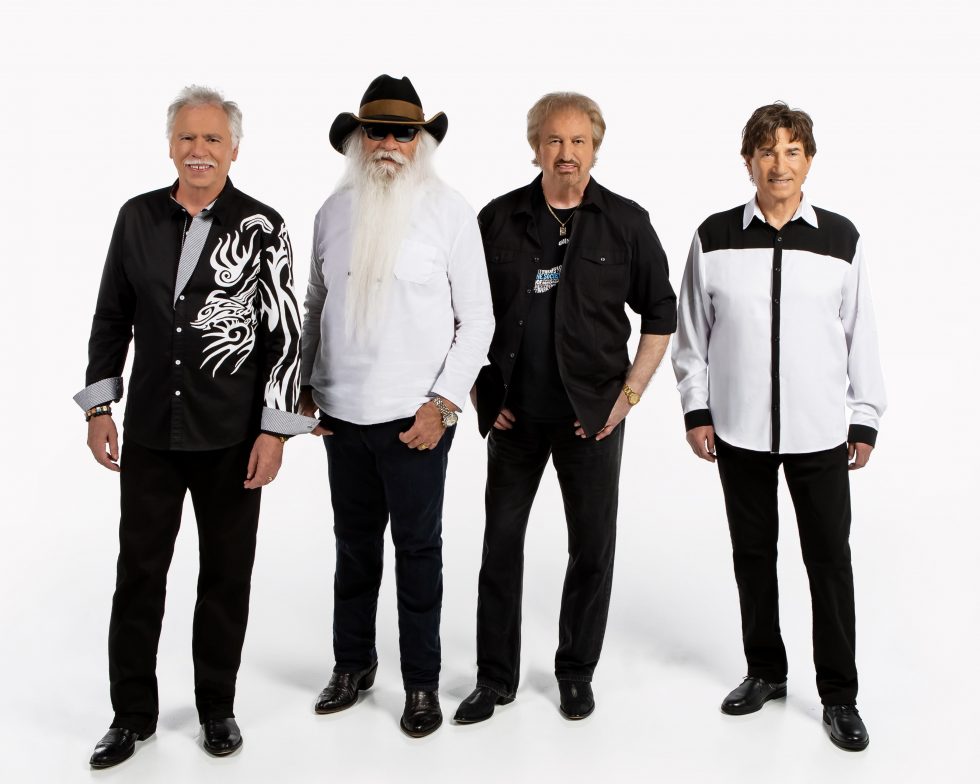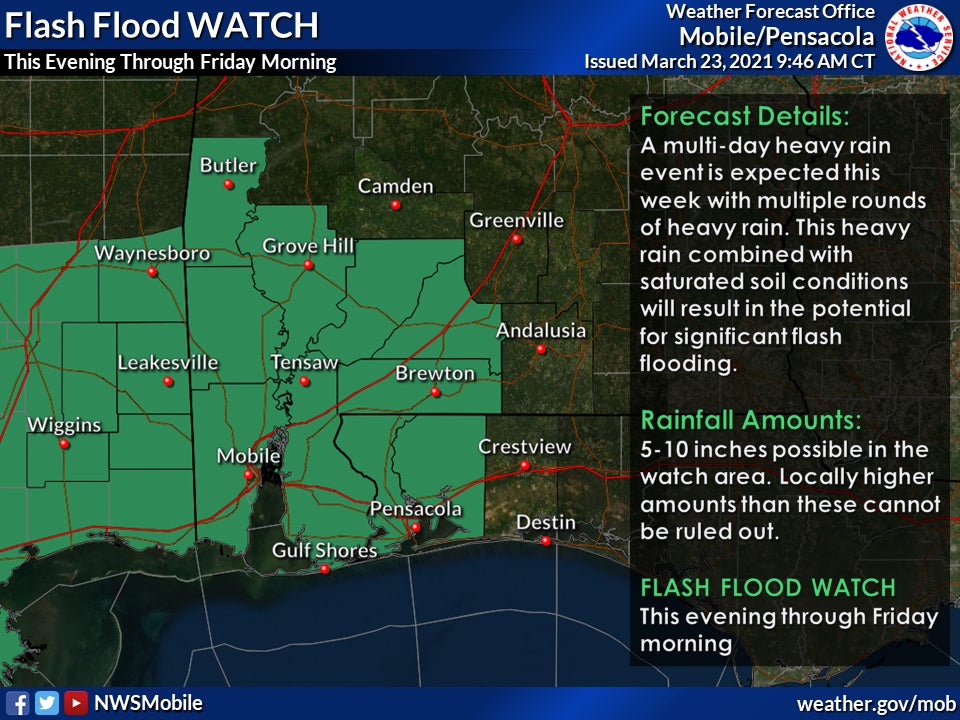Reporters now part of every battle
Published 11:26 am Wednesday, March 26, 2003
By By ROBERT BLANKENSHIP – Managing Editor
Americans and the rest of the world are watching closely as allied troops make their way through Iraq with the ultimate goal of taking Baghdad and removing Saddam Hussein from power. The coverage we have read in newspapers and watched on our television sets is unprecedented and unlike any we have seen in previous conflicts. The utilization of "embedded" reporters who travel along with units and at military installments have provided up-to-the-minute details of attacks and pictures of our troops in action.
Wartime reporting is nothing new of course. As long as the notion of a free press has been around the need to report what was happening on the battlefront has been considered extremely important. In America, the Civil War was covered by writers, artists and, for the first time, photographers who traveled along with troops. The introduction of photography into war gave the readers a rare glimpse of the battlefield. These pictures were often taken after battle and consisted of dead soldiers or a victorious unit posing proudly.
In World War II, radio made its impact on wartime America. Edward R. Murrow made his way into the history books by reporting on events leading up to the war, including the Battle of Britain. Americans for the first time could sit in their living rooms and know what was happening on battlefields around the globe. He later covered the Korean War and reported on events there.
By the time the Vietnam War came around, there were newspapers, television stations, magazines and radio looking to get a piece of the information pie. Reporters, cameramen and photographers were, to a certain degree, free to come and go. Video from the war began to saturate evening news telecasts. At that point, people were not only able to hear what was happening, they could often see it as well.
But everything changed 12 years ago when Americans watched the tracers from an exchange of Iraqi anti-aircraft fire and coalition fighter jets over the skies of Baghdad. We were for the first time seeing a battle as it happened.
Now, in this latest military action in Iraq we are seeing the press - and the government - up the anti. The military has offered hundreds of journalists the opportunity to join them in the field. They were trained by the military and, to a certain extent, are being considered a part of the team.
There are several theories as to why the military is opening its ranks to these journalists. Perhaps it has to do with lessons learned in previous wars when reporters were filming and writing on situations they did not fully understand. Or, it could be that they see this as an opportunity to further control the media and the information that is provided to them. Most likely, it is for both of these reasons and many more.
In today's world of real-time information and numerous media outlets, it is important for the military to work hand-in-hand with these outside agencies to assure the safety of the mission, the reporters and to assure that the people at home are getting an accurate depiction of what is going on.
The journalists aren't the only ones being "embedded." More and more retired military personnel are finding that their expertise can be used as analysts, helping journalists and the people at home understand what they are seeing.
There is no doubt that this war is being covered in a manner that the world has never seen before. For us at home, it can be overwhelming. When that happens, just remember that there is nothing wrong with turning off the tube and opening a book.
robert.blankenship@brewtonstandard.com




